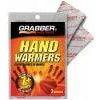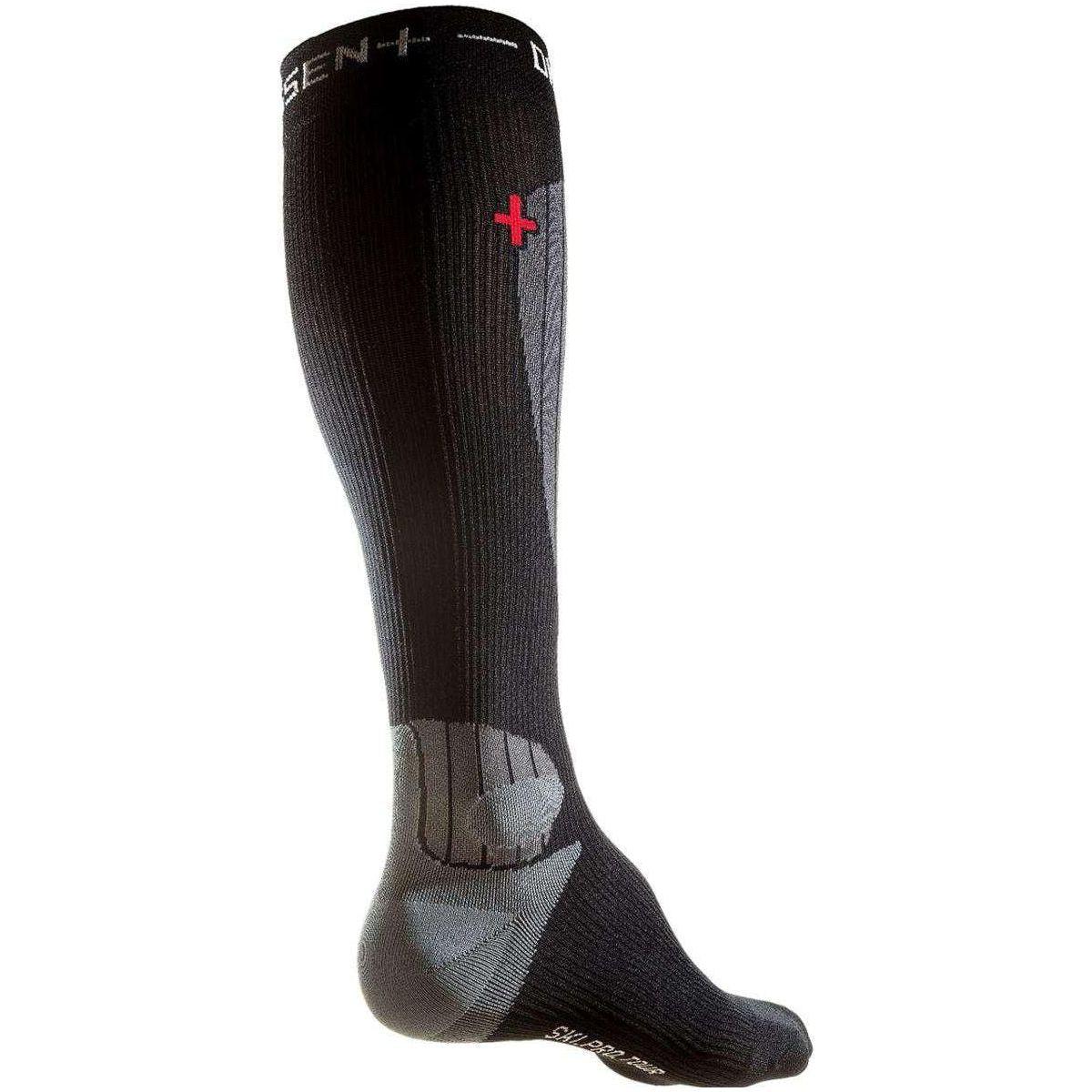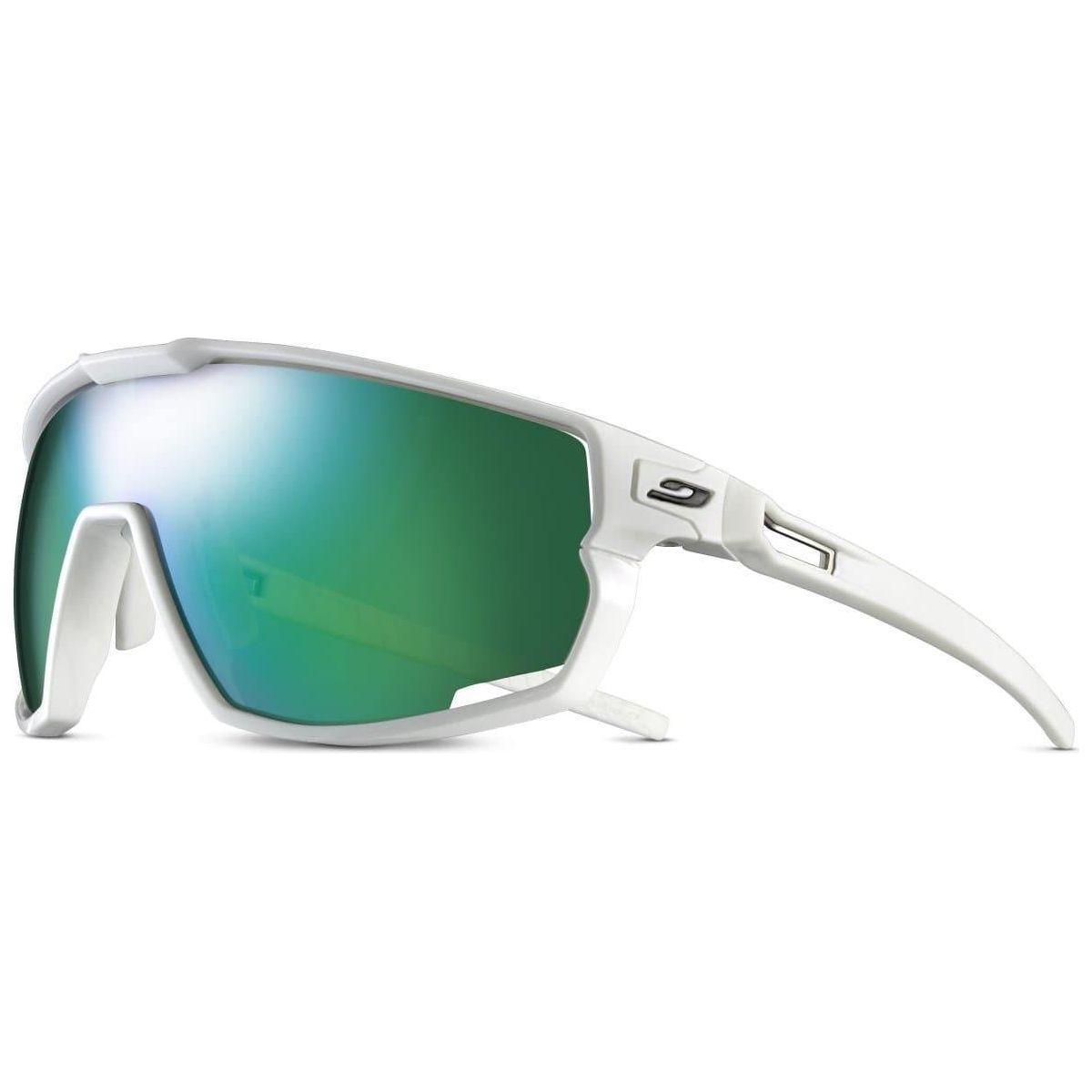Maintenance and mid-season bike tunes and what to expect to service – even on a new bike
Schedule your next bike tune here!
WHEN A BIKE IS BRAND NEW
We know this better than anyone, even with our own bicycles! When a bike is new, bolts have a terrible habit of loosening up even when perfectly tightened to factory specs. When you're just starting out, listen up for any funky noises and vibes you pick up. They could be hints of wonky or loose threads. I just experienced this on a brand new Epic 8 that was fine a week ago, but after noticing some creaking, I noticed some play in the fork.
Cables do not stretch, but the housing they sit inside can compress. Adjustments will be needed after a couple of rides if you haven't gone electronic, so don't panic if something feels a little off. We can get this dialed and shifting smoothly. You are not out of the woods just because you have gone electronic. It is common on a Sram drive train to forget to charge your derailleur battery. Once you have developed a regular charging cadence, like charging after every bike wash, you should be good, but it usually takes limping home stuck in gear before this lesson is learned. The battery inside the shifting pod can often also be low if it's been sitting in a warehouse for a long time. After replacement, it should last an entire season.
Speaking of suspension, this is an important place to focus on a new bike. In my Epic 8 example, the suspension felt terrible after a few rides, even though it was a pristine fork and shock I was used to on my older bike. I had set the fork pressure to the chart, but it was still too firm, and I had to let some out. Rebound also had to be dialed in. We recommend starting in the middle and experimenting with moving it one click at a time until is in sync with your riding style.
A clean bike will reduce creaks. Avoid blasting water where it shouldn't go, and never store a wet bike! You may not need to lube after the first few rides, as the chain is already lubricated, but getting in the habit of lubing every ride will keep it going longer.
AFTER ONE MONTH OF HARD RIDING
Even new expensive bikes develop bad creaks! But don't worry you bought the bike from us and we expert creak hunters. Bring it in and let us know whats going on and our test riders and service writers will diagnose them and get it silent again.
Brake adjustments are common in the first few weeks. Realignment of the brake as well as adjustments to the rotor may be needed.
Replacing sealant is common after the first month. It has a tendency to dry up and evaporate on a new tire. Refilling your tires will greatly reduce the chance of a flat!
Break pads are consumable and they are designed to wear and be replaced. Inspect brake pads even after the first month if you do a lot of descending or ride across a lot of water.f you do a lot of descending or are a heavier rider. Depending on your riding style, the time until break pads are toast can very greatly. We have seen riders ruin rotors by missing a break pad change even if the first month or two of riding.
AFTER SIX MONTHS OR ONE SEASON
If you haven't serviced your suspension yet, it is that time! Change the lubrication oil on the fork and shock!
Bolts bearings and pivots all need to be examined. Bottom brackets can be one of the cheapest replacements in 6 months to make the bike run smoothly.
Don’t put off contacting us or the manufacturer if something on the bike has been giving you a hard time. Most components have a 1 year warranty and addressing it early before this lapses is important. Fill out our warranty form here and we will help!
Although chains like on the new Sram Transmission last longer than ever, they will still wear out after your first season of riding. Usually replace this 1-2 times and then you will be ready for a new cassette and chain ring after that.
Cables and housing rarely suddenly snap. Noticing fraying or kinking is a good indication that you are due to replace them before you are just riding along and something goes wrong.
Have the brakes bled if either feels soft. Hydraulic brakes that use DOT fluid can degrade rather quickly and will work better if they’re bled a couple times a year. Brakes that use mineral oil can be used longer without bleeding, although the fluid levels will change as the pads wear down. It’s best to count on preventatively bleeding a couple times a season.
Replace brake pads if worn below 2mm of pad thickness or anywhere near the backing plateWear will vary depending on the pad compound and conditions you ride in, but brake pads can easily be removed for inspection/replacement.
ONE YEAR OUT!
After a year manufacturers recommend that your suspension is due for a rebuild. We now have the ability to replace fluids and gasses in house! We can even rebuild dampers to give you that new bike plushness on a bike that has seen some hard miles!
You are due for another chain and it may be time to examine the cassette to see if shark teeth are forming.
We recommend new cables and housing at this point.
Break pads are due again and it is time to take a hard look at rotor wear, especially if you are using a lightweight model. specially if you’ve changed pads. It is common for the rotor to last through a couple break pad swaps and we can check it for thickness with a special measuring device.
ONGOING BIKE MAINTENANCE
Bike maintenance is an ongoing process and is never done. Even new carbon frames last for years and years but there are consumable on every frame that need constant replacement. You can always break up how much work you want to pay for into several visits and we can always recommend the most essential pieces that are due for an upgrade. Taking better care of your bike as you go, will make it last longer and feel fast for your next ride.




